The vibrant and exotic kiwifruit has remained a favorite among health-conscious consumers and fruit enthusiasts alike. While most are familiar with the green kiwi, its lesser-known counterpart, the yellow kiwi, has also gained popularity in recent years. But what sets these two varieties apart, and which one triumphs in the battle of the kiwis? Let’s delve into the comparison of yellow kiwi versus green kiwi to unravel their unique attributes and potential business opportunities. 1. Appearance and Taste: The first noticeable distinction between yellow and green kiwi lies in their appearance. The green kiwi sports an oval shape with fuzzy brownish-green skin. Its interior reveals bright green flesh, dotted with tiny black seeds. On the other hand, the yellow kiwi flaunts smooth, hairless, and thin golden skin. When cut open, its vibrant yellow flesh, speckled with tiny seeds, offers a sweeter and more tropical flavor.
Yellow kiwi vs green kiwi
2. Nutritional Content: In terms of nutritional content, both yellow and green kiwis offer an abundance of essential vitamins and minerals. Green kiwis are renowned for their high vitamin C content, providing over 100% of the recommended daily intake. They are also a great source of dietary fiber, aiding digestion and promoting a healthy gut. Yellow kiwis, while possessing a slightly lower vitamin C content, pack a powerful punch of antioxidants and are naturally rich in vitamin E, potassium, and folate. 3. Market Demand and Trend: In recent years, the demand for yellow kiwi has witnessed a steady increase due to its unique flavor and tropical appeal. Health-conscious consumers seeking alternatives to traditional fruits are embracing the sweet and tangy taste of yellow kiwi. This surge in popularity has opened up new market opportunities for farmers and growers to meet the growing demand for yellow kiwi.
features of Yellow kiwi vs green kiwi
4. Potential Business Opportunities: For growers and distributors, diversifying their product offerings to include both yellow and green kiwi can lead to a broader customer base and increased profitability. By providing consumers with a choice between the tangy green and sweeter yellow kiwi, businesses can cater to varying taste preferences and capitalize on the growing health-conscious market. Furthermore, businesses can explore innovative marketing strategies, such as promoting yellow kiwi as a versatile ingredient for smoothies, salads, or desserts. Its vibrant color and distinctive flavor can make it an attractive addition to culinary creations, enticing food enthusiasts and health-conscious individuals alike.
buy Yellow kiwi vs green kiwi
In the ultimate battle of the kiwis, both yellow and green varieties have their own unique selling points and loyal fan bases. While the green kiwi continues to be a staple in the fruit market, the rising popularity of the sweeter and tropical-tasting yellow kiwi presents new business opportunities. Farmers, growers, and distributors can tap into this evolving market by diversifying their product offerings and satisfying the demand for both green and yellow kiwi. By catering to varied taste preferences, exploring creative marketing strategies, and emphasizing the health benefits of kiwis, businesses can maximize their profitability and appeal to a broader customer base. So, whether it’s the tangy-green or the sweet-yellow, the battle of the kiwis ultimately leads to one conclusion – the kiwifruit business is ripe for success.
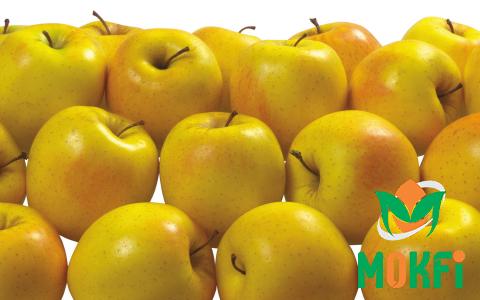
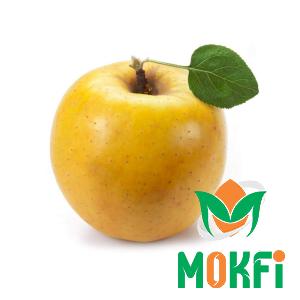
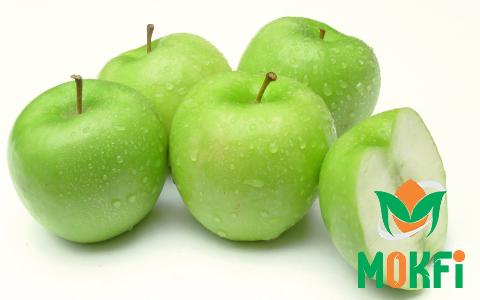
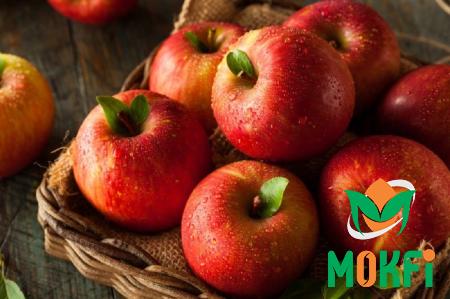
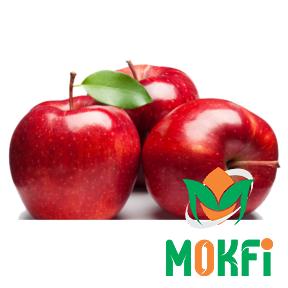
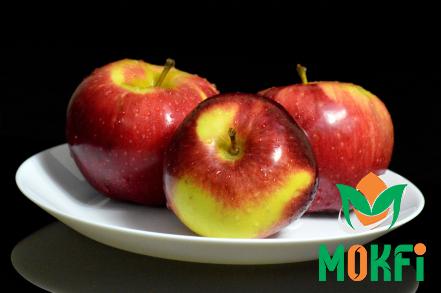
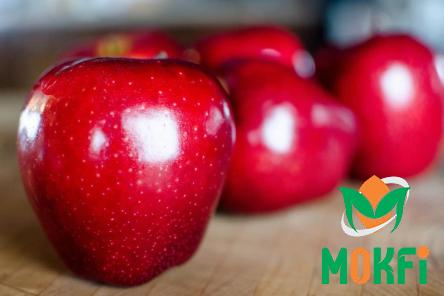
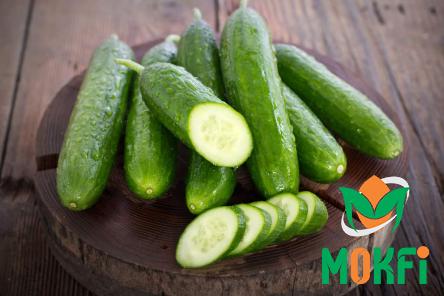
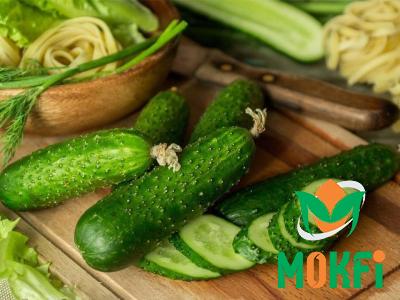
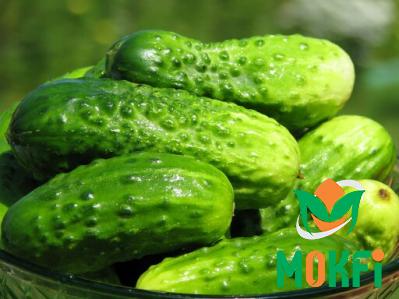
Your comment submitted.